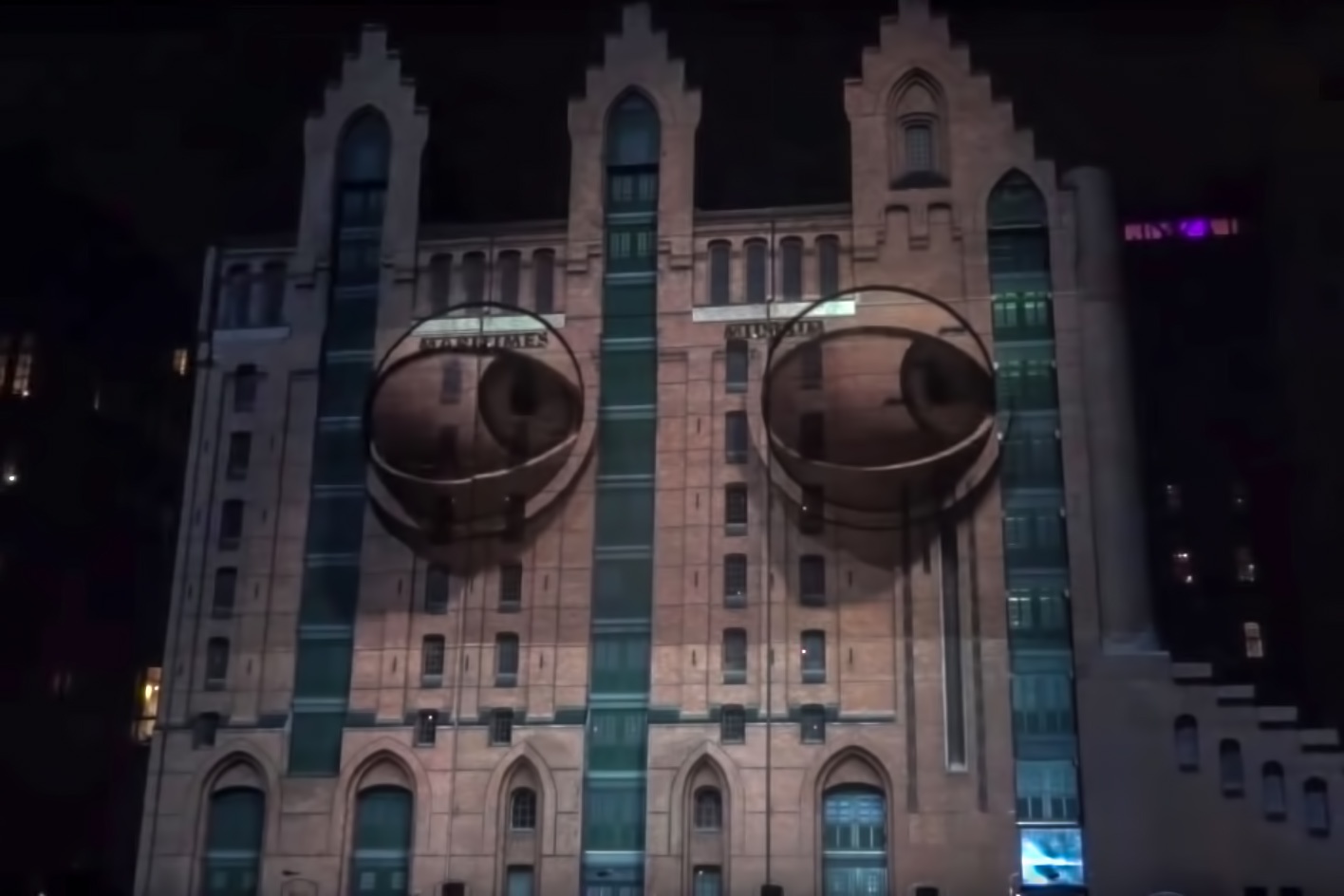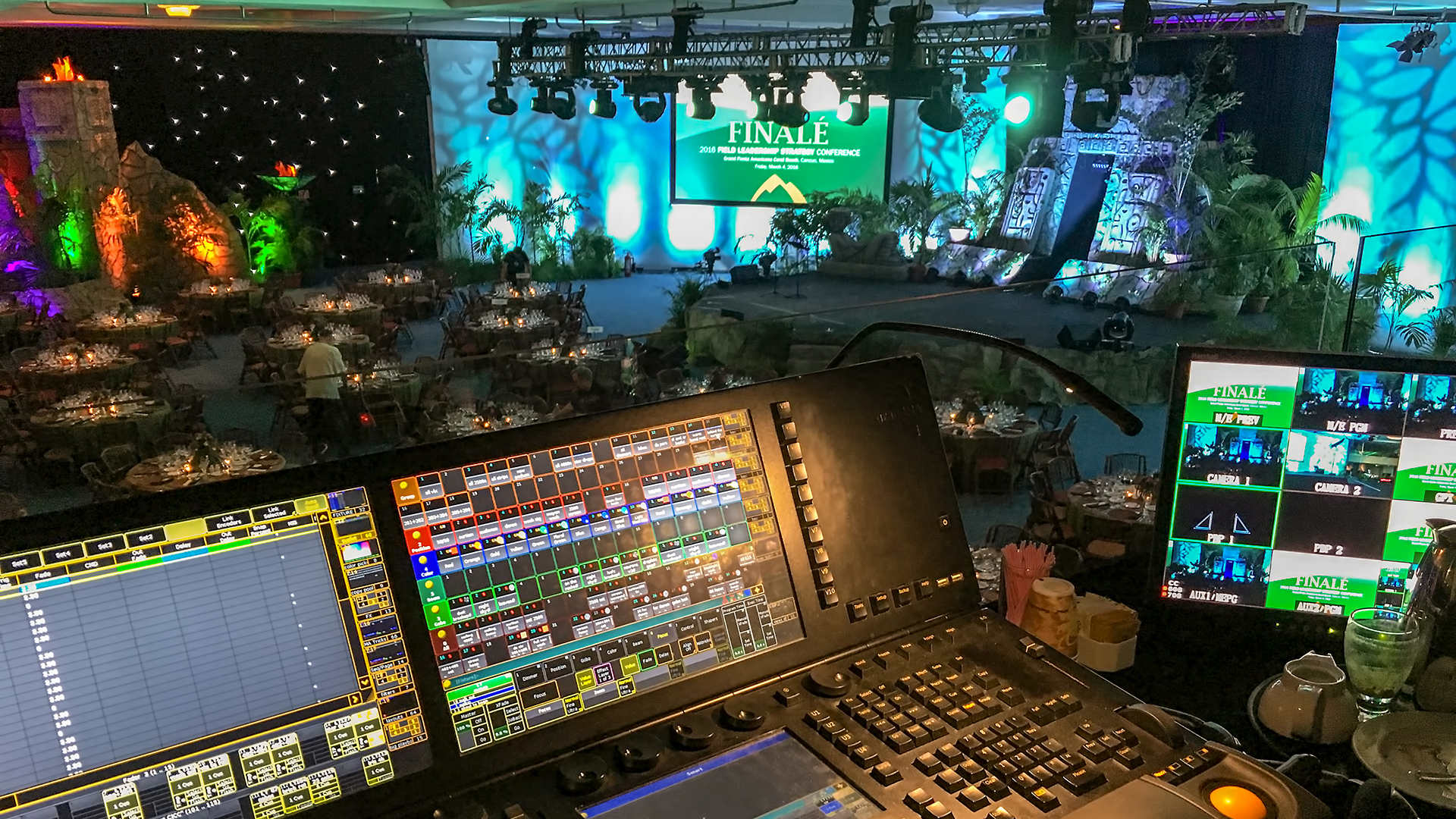September 13, 2018
Projection Mapping: How to Add Dimensional Variance to Your Event
 If you’re looking for a new way to amaze and impress attendees and indelibly brand your next event, projection mapping might just be the ideal solution. Instead of projecting a simple image to a screen, wall or building, you could use projection mapping to create an entire 3D “atmosphere” or make static objects appear to be moving. (If you’ve never seen examples of projection mapping, you’re in for a treat! Here are links to a large-scale mapping project, and a fun, smaller project.)
If you’re looking for a new way to amaze and impress attendees and indelibly brand your next event, projection mapping might just be the ideal solution. Instead of projecting a simple image to a screen, wall or building, you could use projection mapping to create an entire 3D “atmosphere” or make static objects appear to be moving. (If you’ve never seen examples of projection mapping, you’re in for a treat! Here are links to a large-scale mapping project, and a fun, smaller project.)
It may sound daunting as you learn what’s involved, but keep in mind that it’s scalable, and projection mapping can sometimes replace other expenses. So, it can be an affordable option even for a smaller event. Remember, your event doesn’t have to overwhelm to stand out.
Dying to know more? Here’s everything you need to know about projection mapping.
What is Projection Mapping?
You can project images on any surface, transforming a plain vanilla space into virtually anything you want it to be. “Virtual” being the operative word here. You can project images indoors or on outdoor structures.
You can stick with 2D or go whole hog with 3D. Projecting onto a flat surface (2D) is easier and less expensive, without sacrificing impact. Why hang a disco ball from the ceiling, when you can make your reception floor sparkle and swirl underfoot? On the other hand, 3D enables you to “dress” any size or shape object.
How is all this possible? Multiple projectors, each one precisely targeted to display part of the composite image. It is the essence of science + math + art. Obviously, the larger the space and more complex the image or unusual the surface, the more projectors you will need.
Why Use Projection Mapping?
There are a number of reasons to use projection mapping at your next event. The top reasons include:
- Use projection mapping to decorate objects, adding colors or textures that remain static or morph over time like a chameleon.
- Give your attendees a multi-sensory, immersive experience like none other.
- Engage guests with interactive displays.
- Amuse attendees.
Projection mapping will create instant buzz among attendees and inspire them to share their experience even as it’s happening. That’s great publicity for your brand now, and it builds anticipation for next time.
Things to Think About
A note of caution here. Projection mapping is a tool. It should enhance your event in relevant ways that amplify the overall context, not just create an oddball special effect.
You also have to work within your budget. Creativity or going smaller scale can put projection mapping within range. Nonetheless, whether you’re going for a no-holds-barred splash or something more diminutive, you will need to consider:
- What are you trying to accomplish? Bigger goals require bigger production and more money.
- What is your venue like? As we already noted, you don’t need to alter the entire environment. Small surprises or unexpected locations can offer supreme wow factor. Where will people congregate? (Think bathrooms, cocktail bar, and buffets.) What will they see most often? (Think speaker lectern or hallways that lead to meeting rooms.) Astound them right at the entrance.
- What do you want to project? Again, you can go big with an entire wall, room or the façade of your hotel, or capture attention with images or video projected on a table.
As you’re evaluating your budget, consider the fact that projections could take the place of other expenses such as decorations, props, etc., and also eliminate costs for transporting and storing those things. Hmmmmm.
You’re probably wondering, “Is Projection Mapping the Hot Ticket for Your Next Event?” Well, you won’t know for sure until you check into it. Do your research and consult with a professional about ways projection mapping could add greater dimension to your next event. Have questions? We’re here to help.




